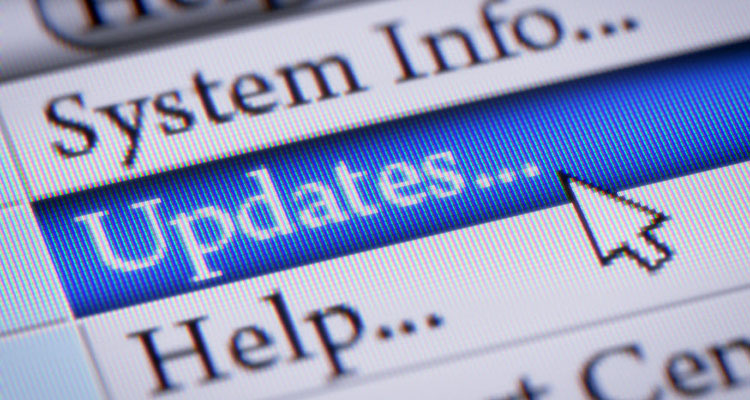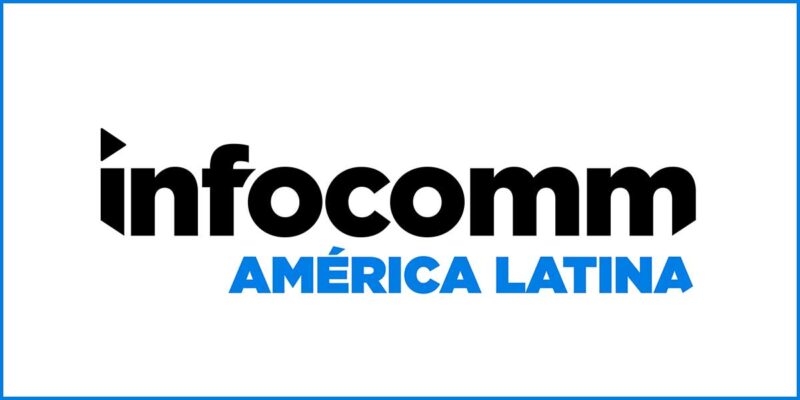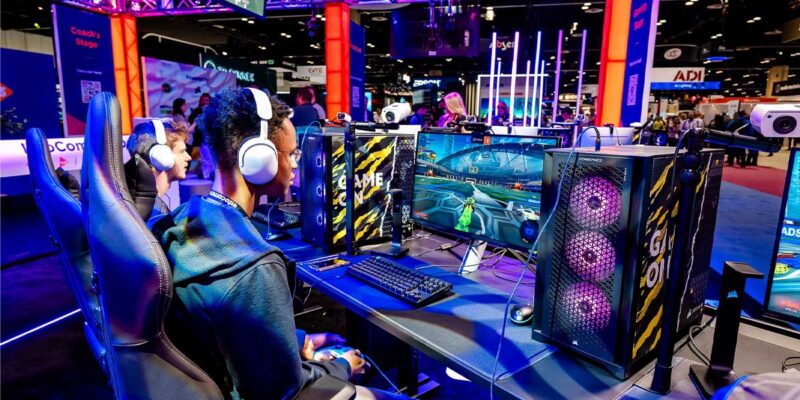AV Industry EOL: Planned Obsolescence (Part Two)
 See part one of Anthony’s Planned Obsolescence column here.
See part one of Anthony’s Planned Obsolescence column here.
Since planned obsolescence for pro AV gear harms sales, service contracts and product support, the future for the AV industry may be headed toward the “as a service” model borrowed from the software industry.
Should there be standards for planned obsolescence?
Even the IT industry, with many patterns and best practices, does not set a minimum standard for end-of-life (EOL) for IT gear. However, the IT industry does have a history of creating practical frameworks for creating sustainable Service Level Agreements (SLAs) such as ITIL and ISO/IEC 20000. It follows, then, that the AV industry could do the same, a point I’ve made before here on rAVe.
Would the AV industry, perhaps under AVIXA’s leadership and directive, have significant buy-in from a plurality of vendors to put forth recommended standards for EOL products?
Some vendors, who I interviewed off-the-record, maintained that manufacturers would not conform to a new industry standard for a minimum lifetime guarantee beyond the manufacturer’s standard warranties. Glenn Bray from Barco, however, was on-the-record in his viewpoint of the idea that a set of industry standards for product life-cycles is feasible but unlikely. “I think, certainly, from a planning perspective, [industry standards] would be useful as customers are looking for high-value deployments. I think guidelines would be useful, such as nomenclature, but I’m not sure I’d go so far as calling for a standard, but I do think it makes sense to help customers know what to expect,” said Bray.
As a service the anecdote for slowing technology obsolescence?
How much the AV industry applies and conforms to the software industry’s shift to software as a service (SaaS) is a continual debate across industry trade publications, conferences and tradeshows. No matter the naming convention — be it “room as a service” or “space as a service” or “AV as a service” — the basic concept is that the equipment is frequently (reasonably) auto-swapped at regular intervals along with predictable software updates become more frequent. In this “as a service” model, this is because the customer agrees to a Service Level Agreement (SLA) which guarantees uptime and a lower cash outlay by paying for those continuous updates and improvements.
In the digital world, however, Clint Hoffman (CEO of Kramer Electronics) sees a way to make digital technologies last longer through software upgrades. “Where we’re headed as an AV industry is to a software-based industry,” predicts Hoffman. “Control — that’s software. Over IP — that’s software and hardware. Less fixed I/O and more AV over IP with an encoder and decoder at every source and display, because the encoders and decoders (codec) is software.” He sees the future much as Infocomm heralded it in 2005, as a convergence between AV and IT. “You’re gonna buy a piece of software and you’ll have an AV system over IP,” enthused Hoffman. “We’re ‘that’ close to it right now,” he emphasized, gesticulating with his hands and holding his thumb and index finger millimeters apart. “This is more or less obsolete-proof. So I think it’s coming sooner rather than later,” Hoffman concluded.
The Debate of ‘as a service’
In the pro AV industry, there is significant debate around what constitutes “pro AV as a service.” Our rAVe contributor, Scott Tiner, wrote an article entitled “AVaaS Just Does Not Make Sense” while rAVe contributor Christopher Jaynes focused on “hardware as a service” in his article “AV is About Services and not Things.”
However, there are those who see it the “pro AV as a service” model slowly taking shape, including Hoffman from Kramer, quote above. In direct response and opposition to Tiner’s negative viewpoint, the CEO of an AV integration firm in the Netherlands wrote an open letter to rAVe with the title “AVaaS is Here to Stay.”
Moreover, perhaps most noteworthy in terms of adoption, was the launch of “Symphony as a Service (SYaaS)” by mega system integrator AVI-SPL, which promises the SYaaS model (see the video below). According to AVI-SPL, SyaaS “will allow organizations to enable integrated collaboration workflows, providing a single pane view into the supporting technology estate and delivering real-time, actionable business intelligence around network performance, room utilization, device functionality and usage trends.”
Reading those articles and interviewing these industry luminaries seems to indicate that “pro AV as a service” is the promise of a never-ending replacement of gear which is always up-to-date is the potential answer to end of life for pro AV gear.
Since planned obsolescence harms sales, service contracts and product support, the ‘as a service’ model borrowed from the software industry does seem to the most likely way to align an industry away from planned obsolescence.
Can the pro AV industry come to a consensus about how to address planned obsolescence for the benefit of the consumer? Should there be a set of standards or guidelines agreed-upon and promoted by a governing body such as AVIXA? What are the implications of “as a service” if the standards are left up to each an every manufacturer and systems integrator?
Without a doubt, more vendors will follow the example of AVI-SPL with its SYaaS offering, what only time will tell is just how fast this trend accelerates.
What say you? Should there be standards for either EOL and/or an ‘as a service’ model by AVIXA? Comment below.




